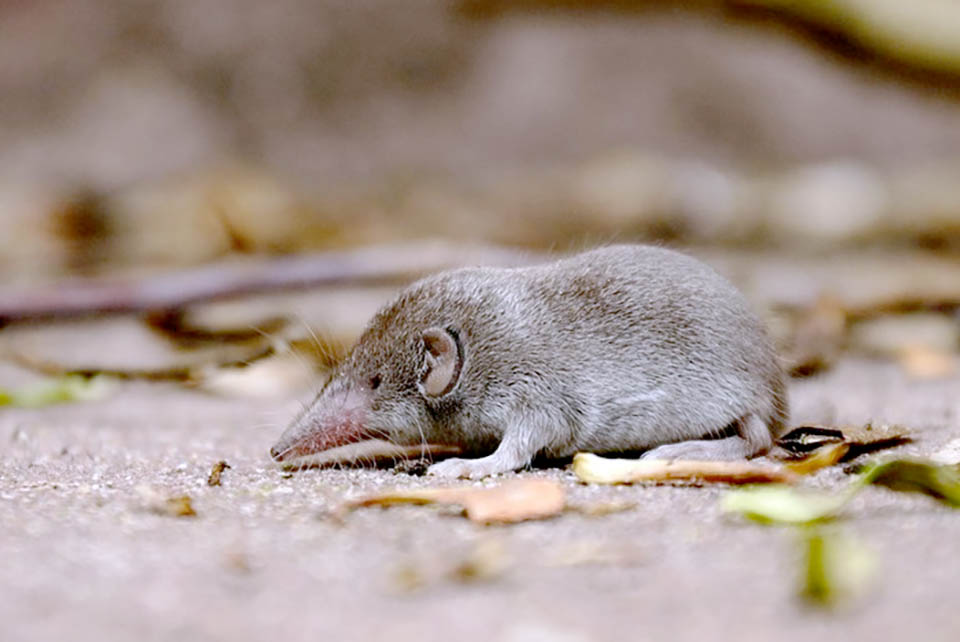
The Medical Genome Center has issued a warning to the public to brace for the ‘Langya’ virus, which is a species of henipavirus. The pathogen, which is being closely monitored by scientists worldwide and the World Health Organization (WHO), has potential ramifications for global health.
Associate Professor Dr Wasan Chantratita Head of the Virology Laboratory and Medical Genomic Center at Ramathibodi Hospital of Mahidol University, explained that the Henipavirus group are zoonotic viruses which can transfer from animals to humans.
The virus was first identified in 35 farmers of China’s Zantong and Hebei provinces between 2018 and 2022. The emergence of the new disease requires close attention due to research data suggesting that the virus’s spike protein can bind to human cells.
This has raised concerns about a potential increase in transmission rates and similarities with the COVID-19 coronavirus, as it may spread from animals to humans and eventually through human-to-human transmissions. Despite last week’s daily COVID cases nearly halving from the previous week, doctors are continuing to emphasize the importance of receiving booster vaccinations.
Dr Wasan nevertheless assured that Thailand is ready to respond to health threats, such as by utilizing clinical metagenomics technology to detect infectious diseases of unknown origins. Potential medical countermeasures for combating viruses include decoding their genomes, which can produce results within 24-48 hours. This in turn allows for timely control, prevention and treatment of emergent or recurrent diseases that pose a potential threat to the public. (NNT)







